Software system requirements refer to the conditions and specifications necessary for a software program to operate correctly and efficiently. These requirements can be broadly categorized into two main types: hardware requirements (physical) and software requirements (non-physical). They outline the environment needed to support the software, ensuring compatibility, optimal performance, and overall user satisfaction. Here's what typically falls under each category:
Hardware Requirements
These specify the physical components of a computer system needed to install and use the software efficiently. These components can include:
Processor (CPU)
The minimum or recommended speed (in GHz) and number of cores, indicating the computational power needed to run the software effectively.
CPU. The faster the better. We suggest an I7.
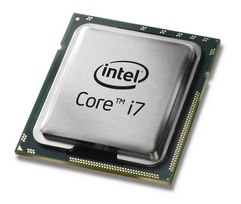
RAM. The more the better. On a 32 bit version O/S you are limited to 3GB usable (the extra 1GB is reserved for your video card). You are recommend to have at least 2GB on Windows XP and 3GB on Windows 7 and later. Windows Vista is not recommended.
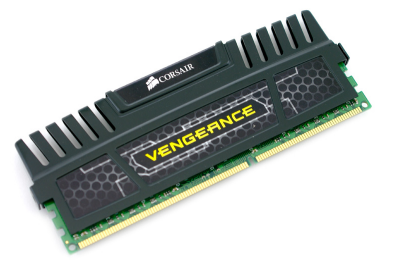
Memory (RAM)
The amount of RAM required for the software to operate optimally. Insufficient RAM can lead to slow performance or software crashes.
Hard Disk Drive Space (Storage)
The minimum free disk space necessary to install the software and handle its operations, including space for temporary files, system cache, or user data.
A decent size disc with ample space is recommended. At least 500Mb of free space is recommended.
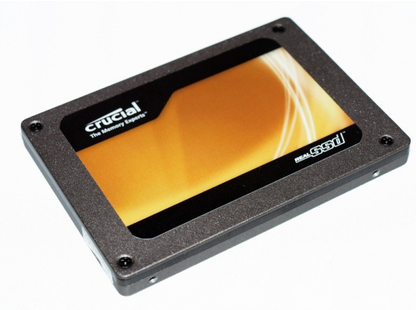
A Solid State Drive (SSD) is recommended for faster start-up
Graphics Processing Unit (GPU)
For software that requires intensive graphical operations, the specifications for the graphics card, including the minimum memory and processing capabilities, are vital.
VIDEO CARD
You must have at least a 24 bit color video card. All modern video cards support 24/32 bit color.
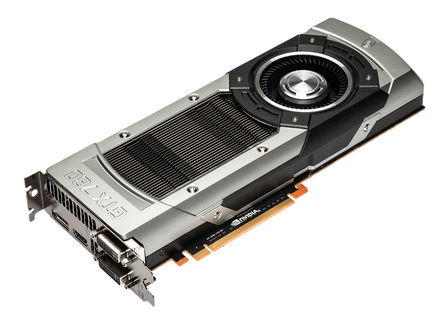
Peripheral Devices
Additional hardware such as printers, scanners, or external devices that might be necessary depending on the software's functionalities.
MONITOR
Here the bigger, the better. The Monitor is your view into your design.You should try to use at least 1920 pixels horizontal.
AutoTRAX DEX will work with multiple monitors and you can drag parts of AutoTRAX DEX onto different monitors. AutoTRAX DEX remembers the position of all its windows are restored them the next time you run AutoTRAX DEX.
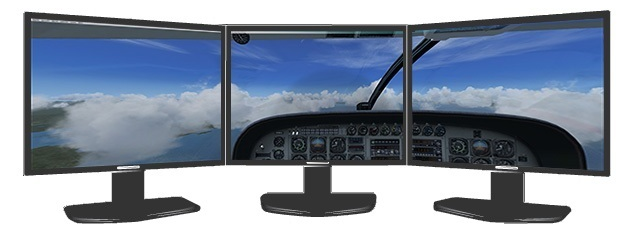
All modern video cards support at least two monitor outputs, and many support even more.
.
MOUSE
You definitely a 3 button mouse with a central thumb wheel. The thumb wheel is use you zoom in and out and pressing down the thumb-wheel/middle mouse button pans the view.

Network Hardware
For software requiring internet or network access, details about the necessary network interfaces, internet speed, and sometimes even bandwidth usage information.
Power Supply
This is more relevant for very high-powered software setups or servers that require a consistent and specific power supply to operate effectively.
Software Requirements
These involve the non-physical aspects and other software prerequisites necessary for the desired software to function correctly. They include:
Operating System
The specific operating system(s) and the version(s) on which the software can run. This requirement is crucial for compatibility purposes.
Windows 8 or later. You can use a 32 bit version or a 64 bit version. A 64 bit version is recommended.
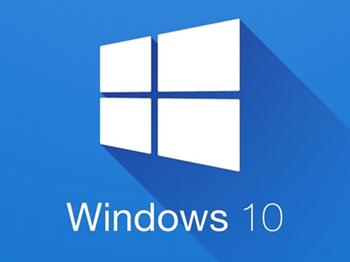
System Software
The necessity for certain drivers, frameworks, or libraries to be pre-installed. For example, some applications may require the latest DirectX for graphics handling or .NET framework for system support.
Software Compatibility
Some software might need other software to be present or, conversely, might have incompatibilities with certain programs.
Browser Requirements
For web-based applications, the type and version of web browser necessary to run the application smoothly.
User Licenses
Information regarding the licensing and the type of licenses needed for software operation, especially for multi-user environments or businesses.
Security Software
Requirements or recommendations for specific security software or configurations, especially for software handling sensitive data.
Updates and Patches
The system's ability to accept, install, and run updates or patches for the software, which is crucial for long-term usage and security.
Regional Settings
For some software, there might be a need for specific regional or language settings in the system.
Network Requirements (If applicable)
For software that operates over a network or the internet, additional specifications might be necessary:
Internet Speed
The minimum internet speed necessary for online functionalities.
Network Protocols
Required network protocols or standards for proper communication between systems.
Security Protocols
Necessary security measures or protocols, like SSL/TLS, especially for applications dealing with personal or confidential information.
Conclusion
Understanding these software system requirements is crucial before the installation of new software, ensuring compatibility, smooth operation, and user satisfaction. Ignoring these requirements can lead to system crashes, data loss, or severely hampered functionality.